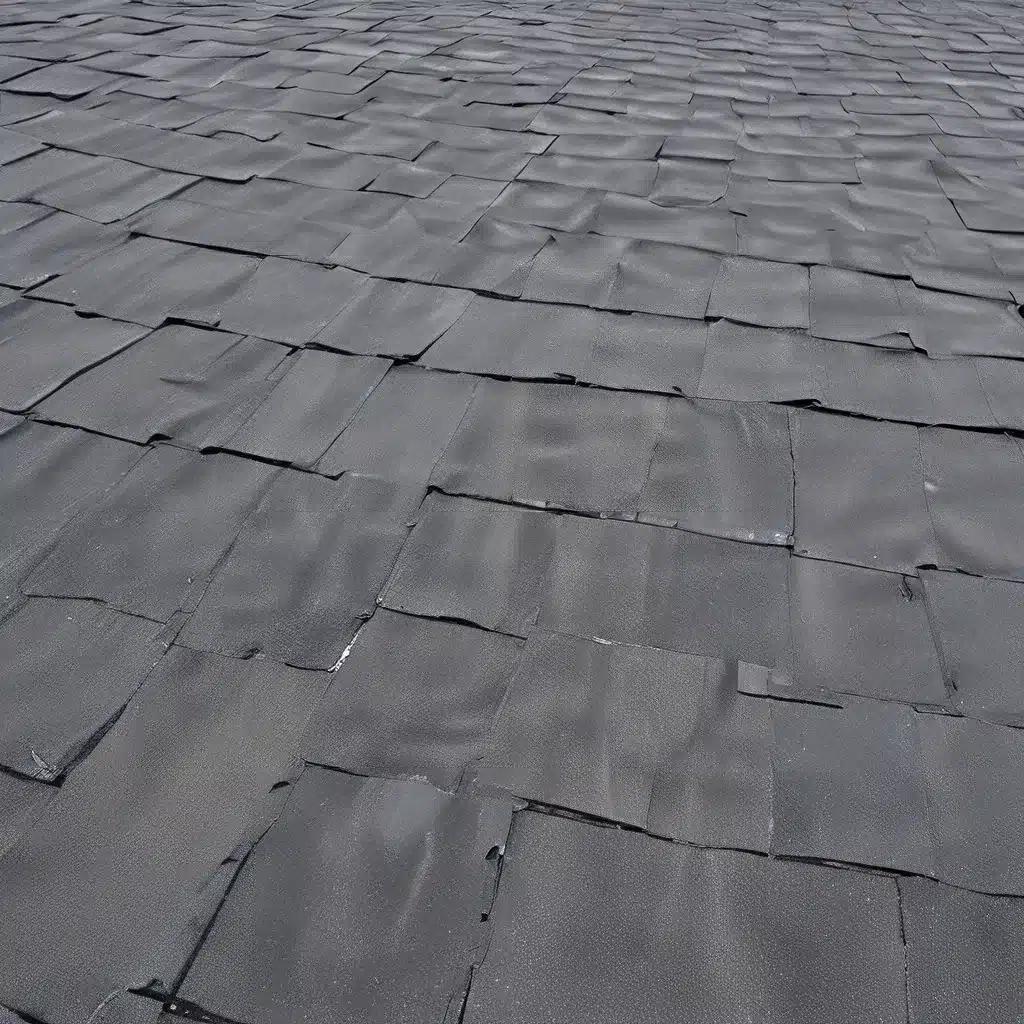
As a business owner, I know how crucial it is to maintain a safe, comfortable, and efficient working environment for my employees and clients. And when it comes to weatherproofing and protecting our commercial space, the roof is often the unsung hero.
The Importance of a Robust Commercial Roof
Your commercial roof isn’t just a physical barrier between your building and the elements – it’s a strategic investment that can make or break the long-term success of your business. A well-designed, high-performance roof can provide a range of benefits that go far beyond basic weather protection.
For starters, a quality commercial roof can significantly improve the energy efficiency of your building. By incorporating the right insulation materials and ventilation systems, you can regulate indoor temperatures more effectively, reducing your reliance on costly HVAC systems and lowering your monthly utility bills.
This is where the concept of ‘green roofing’ really comes into play. According to the U.S. General Services Administration, green roofs can provide a range of benefits, including “reduced urban heat island effect, improved stormwater management, and increased biodiversity.” By embracing more sustainable roofing solutions, you’re not only saving money but also contributing to a healthier, more eco-friendly community.
Addressing the Unique Needs of Commercial Spaces
Of course, commercial roofing requires a different approach compared to residential roofing. Commercial buildings often have larger, more complex roof structures, and they face unique challenges like heavy foot traffic, the need for specialized equipment access, and the risk of ponding water.
That’s why it’s crucial to work with experienced commercial roofing contractors who understand the intricacies of your property. These professionals can assess your building’s specific needs, recommend the most suitable roofing materials and techniques, and ensure that your new roof is installed with the utmost care and attention to detail.
For example, polyisocyanurate (polyiso) insulation has become a popular choice for commercial roofing applications. As Carolina Atlantic Building Solutions explains, polyiso offers “high thermal resistance, dimensional stability, and resistance to moisture and water absorption.” This makes it an ideal insulation material for helping to regulate indoor temperatures and prevent costly leaks or damage.
Maximizing the Lifespan of Your Commercial Roof
But the benefits of a high-performance commercial roof don’t stop there. Proper maintenance and regular inspections can also extend the lifespan of your roof, ensuring that you get the most value from your investment.
As the team at Green Building Advisor suggests, even small issues like “gaps in the insulation, poor air sealing, and thermal bridging” can have a significant impact on your roof’s overall performance and durability. By addressing these problems proactively, you can prevent major, costly repairs down the line.
And let’s not forget the importance of workplace safety. A well-maintained, structurally sound roof can provide a crucial layer of protection against natural disasters, severe weather events, and other potential hazards. This gives your employees and customers greater peace of mind and helps you avoid the disruption and liability that can come with roof-related incidents.
Investing in Your Commercial Roof: A Smart Business Decision
Ultimately, investing in a high-performance commercial roof is a smart business decision that can pay dividends for years to come. By prioritizing energy efficiency, sustainability, and long-term durability, you’re not only safeguarding your physical space but also positioning your company for success in an increasingly competitive market.
So, if you’re looking to weatherproof your commercial space and unlock the full potential of your property, I highly recommend exploring the services of a reputable commercial roofing contractor like Southern Roofing Company. With their expert guidance and cutting-edge roofing solutions, you can protect your investment, reduce your operating costs, and create a safer, more comfortable environment for everyone who steps through your doors.